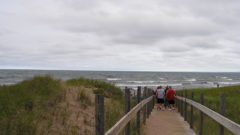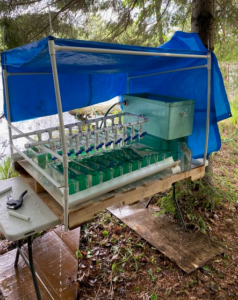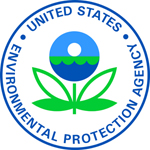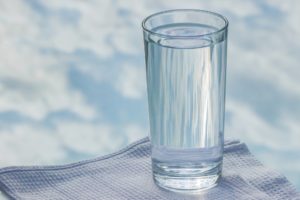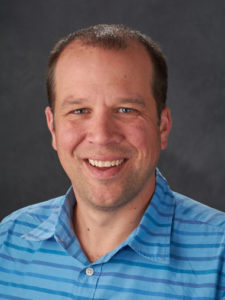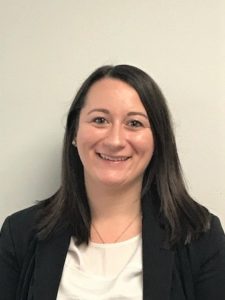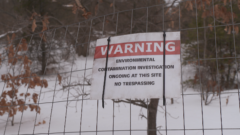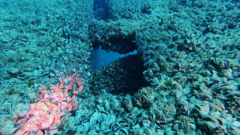Sandy Creek student volunteers restore fragile dunes
An energetic group of Sandy Creek Central School student volunteers recently spent a fall Saturday helping experts replant beach grass in an effort to stabilize the fragile sand dune system along the shore of Lake Ontario. Read the full story by Oswego County Today.
Great Lakes Commission
https://www.glc.org/dailynews/20211018-dunes


 Learn About Federal Funding for Infrastructure: October 20 and November 17
Learn About Federal Funding for Infrastructure: October 20 and November 17
